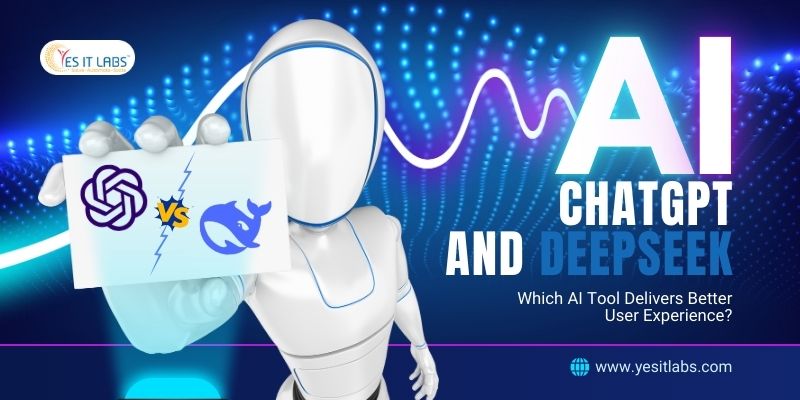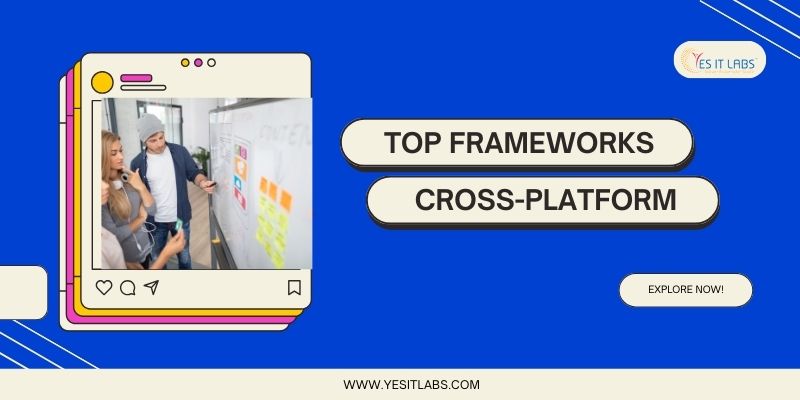
 By Admin
By Admin Custom vs. Template Websites: What’s Best for Your Business?
In the modern digital landscape, a well-crafted website serves as the cornerstone of your online presence. Acting as your virtual business hub, your website is often the first interaction potential customers have with your brand. Choosing between a custom-built website and a template-based one is a critical decision that impacts your branding, functionality, and long-term growth.
Let’s explore the advantages and limitations of both options, their cost structures, and FAQs to help you make the best choice for your business.
Custom Websites: Tailored Precision
1. Uniqueness and Branding
Custom websites are designed from the ground up, allowing for a distinctive appearance and features that perfectly reflect your brand’s personality. Unlike templates, these sites provide an opportunity to create a digital identity that resonates with your audience and sets you apart in your industry.
- Real Insight: Businesses in sectors like luxury goods or specialized services can benefit greatly from custom designs that highlight their unique value propositions.
By opting for custom website development, companies can ensure that their online presence aligns with their branding and provides users with a cohesive and professional experience.
2. Scalability and Flexibility
Custom-built websites are engineered to adapt to your business’s evolving needs. Whether you plan to integrate new technologies, introduce advanced features, or expand operations, these sites are prepared to scale without constraints.
- Example: An e-commerce business that anticipates significant growth can leverage a custom solution to implement features like AI-driven product recommendations or personalized shopping experiences.
Pairing a custom website with a custom software development service enables seamless integration with tools like CRMs or inventory management systems, ensuring streamlined workflows and enhanced operational efficiency.
3. SEO and Performance
Custom websites are designed with performance and search engine optimization (SEO) as a priority. This tailored approach improves visitor engagement by delivering faster page loads, smoother navigation, and optimized content structure, helping your website rank higher in search engine results.
- Insight: A high-performing custom website not only captures user attention but also drives better conversion rates, making it a key asset in your marketing strategy.
Hiring web developer freelancers can further optimize your site’s technical elements, ensuring it adheres to best practices for SEO while providing a seamless user experience.
4. Cost and Time
Custom websites require a larger upfront investment of time and money, but they deliver a solution uniquely suited to your business’s needs.
- Cost Structure:
- Basic Custom Website: $5,000–$10,000
- Advanced Custom Website: $15,000–$50,000+
- Development Time: 3–6 months
Template Websites: Quick and Cost-Effective
1. Affordability
Template websites, often built on platforms like WordPress, Wix, or Shopify, provide an affordable solution for businesses looking to establish an online presence quickly. These platforms offer pre-designed templates, reducing the need for extensive development work.
- Cost Structure:
- DIY Website (Wix, Squarespace): $10–$50/month
- Professionally Customized Template: $1,000–$5,000
- Deployment Time: A few hours to weeks
2. Fast Deployment
Pre-designed templates enable businesses to launch their websites in minimal time, making them ideal for tight deadlines or urgent online launches.
- Example: A bakery opening a new branch can use a template to quickly create an online ordering system, ensuring no time is lost in engaging customers.
By collaborating with web developer freelancers, businesses can enhance these templates to include unique features, providing a balance between affordability and customization.
3. User-Friendly
Template websites are known for their intuitive interfaces and drag-and-drop editors, making it easy for non-technical users to manage and update their sites independently.
4. Limited Customization and Scalability
The main limitation of template websites is their inflexibility. Adding new functionalities or meeting unique business needs can often lead to performance bottlenecks or require additional third-party tools.
Custom vs. Template: A Quick Comparison

Making the Right Choice
Here’s how to decide:
- Budget: Limited budget? Choose templates. For a scalable, tailored solution, invest in a custom website.
- Timeline: Need a quick solution? Templates are the best bet.
- Business Goals: Unique workflows or a strong emphasis on branding call for custom solutions.
- Future Growth: If scalability is crucial, a custom site is the way forward.
To make the best choice, consulting with a professional team specializing in custom website development is a smart step. They can assess your requirements and build a site that grows alongside your business.
How YES IT Labs Can Help You
When deciding between a custom website or a template-based solution, having the right partner by your side makes all the difference. YES IT Labs specializes in delivering tailored web solutions that align perfectly with your business needs. Whether you’re looking for custom website development to create a unique digital presence or seeking enhancements for a template-based site, our experienced team of developers and designers ensures a seamless experience. From integrating advanced features to optimizing performance and scalability, we’re committed to helping your business thrive in the digital space. With our expertise in custom software development services and support for startups and enterprises alike, we empower businesses to achieve long-term success with innovative, scalable, and user-friendly web solutions.
FAQs
1. How much does a custom website cost?
Custom websites start at $5,000, but advanced features and integrations can push costs beyond $50,000.
2. Are template websites good for SEO?
Template websites offer basic SEO options, but they lack the depth and flexibility that custom websites provide for advanced optimization.
3. Can I upgrade my template website to a custom one later?
Yes, but transitioning often involves rebuilding the site, which can increase costs and timelines.
4. Do custom websites take longer to build?
Yes, custom sites typically require 3–6 months, depending on complexity and features.
5. Which is better for e-commerce: Custom or Template?
Small-scale stores benefit from templates, while larger businesses often prefer custom sites to handle unique needs like advanced inventory management and personalized shopping experiences.
6. What’s the best platform for a template website?
Platforms like WordPress, Wix, and Shopify are popular for their ease of use and flexibility.
Tags: best website development company in usa, custom software development agency, custom software development company, custom software development company usa, custom software development services usa, custom software development usa, Custom vs. Template Websites, custom web development company, custom website development, custom website development service, Custom Websites, hire a web developer, hire freelance web developer, hire web developer, hire web developers, hire website developer, Template Websites, web developer for hire, Web developer freelancers, web developers for hire, web development company in usa, web development company usa, web development services in usa, website development company in usa, website development service, website development services, website development services in usLatest Resources
ChatGPT and DeepSeek: Which AI Tool Delivers Better User Experience?
January 29, 2025
Top Frameworks for Cross-Platform App Development in 2025
January 22, 2025
A Guide to Types of Artificial Intelligence (AI)
January 14, 2025
Key Benefits of React Native App Development
January 7, 2025
Leveraging AI in Startup Software Development: Trends and Tips
December 30, 2024















 Services
Services

